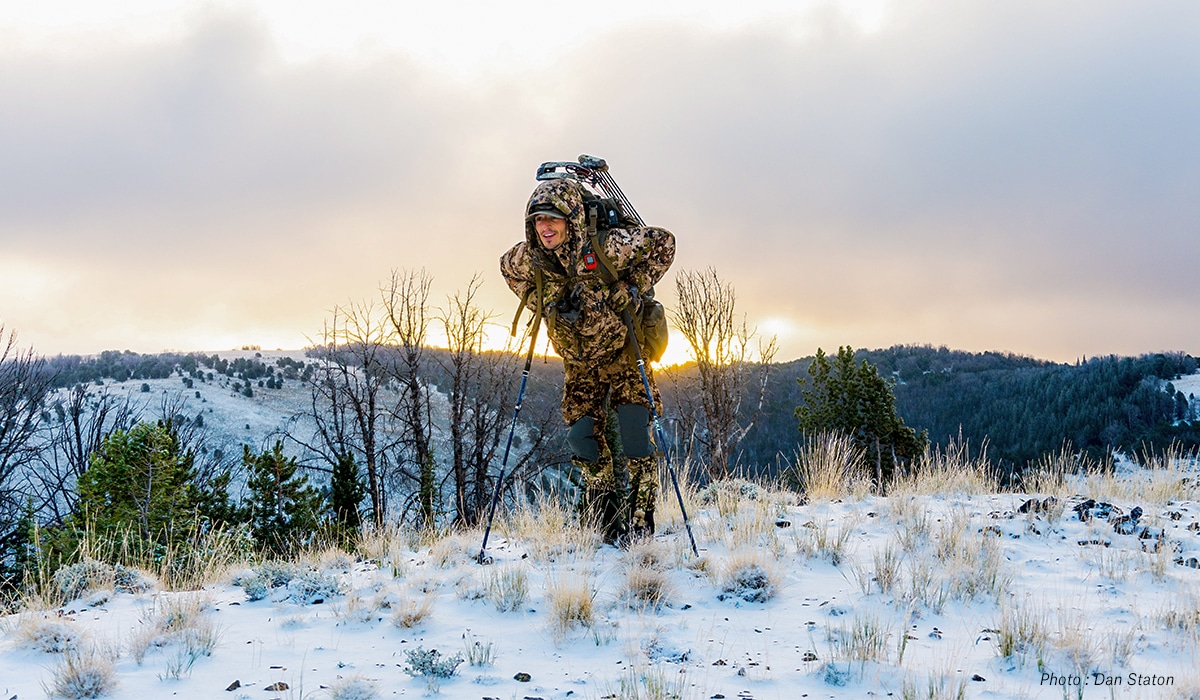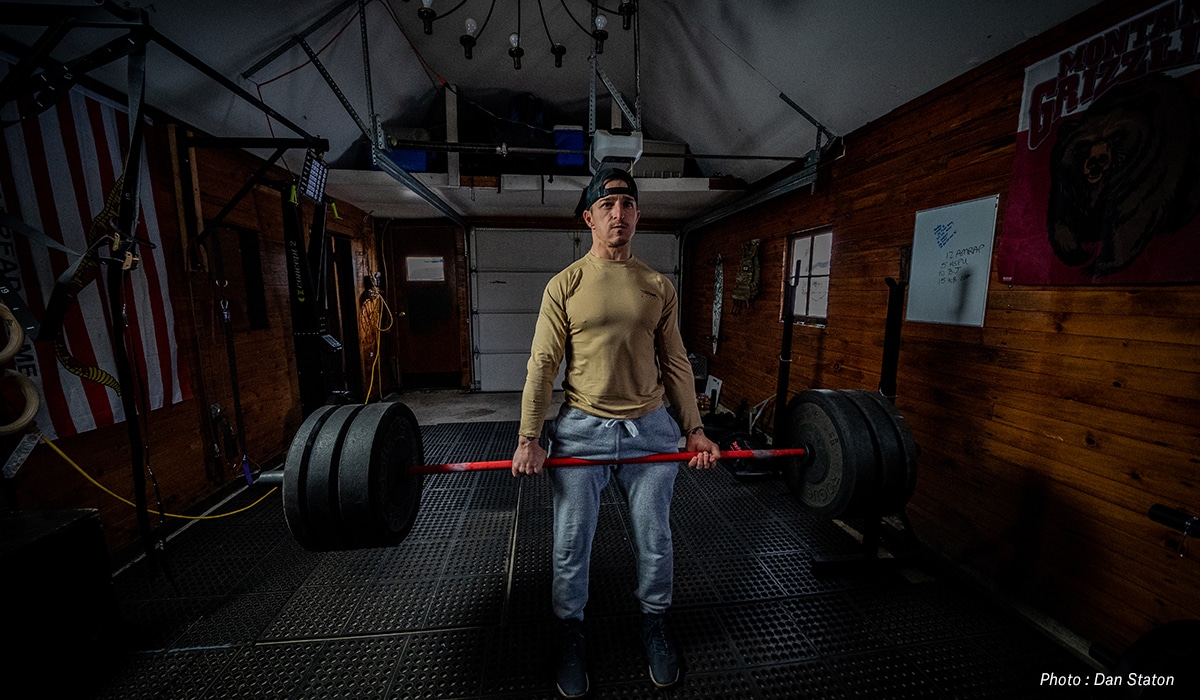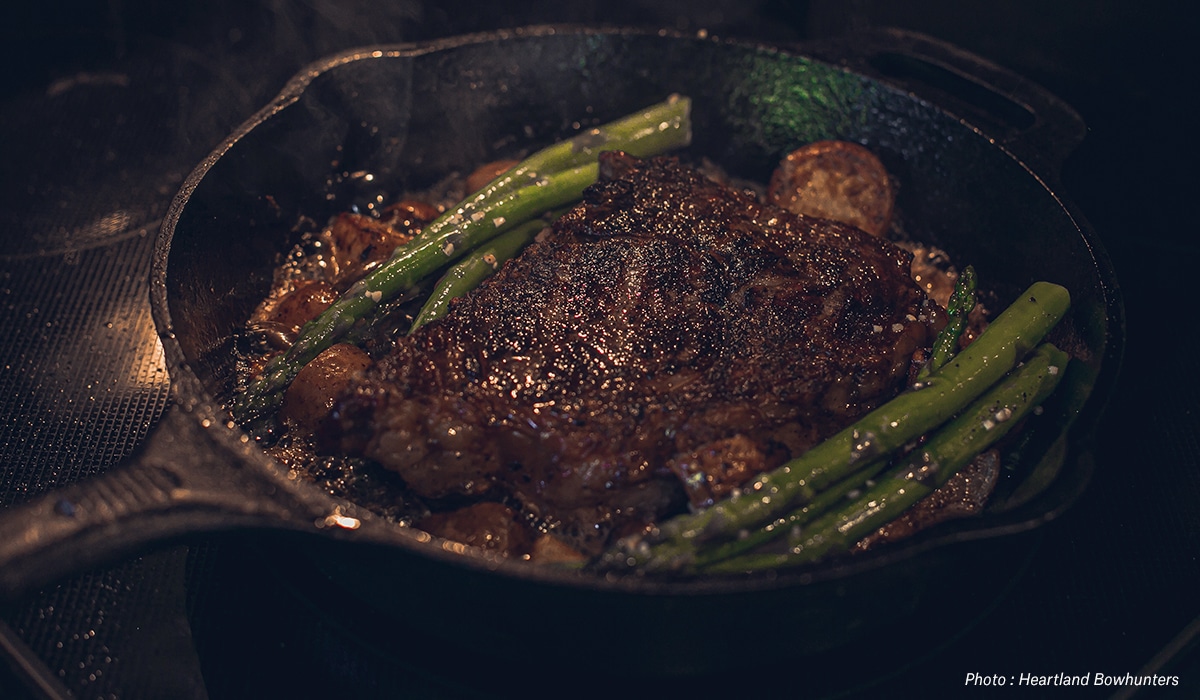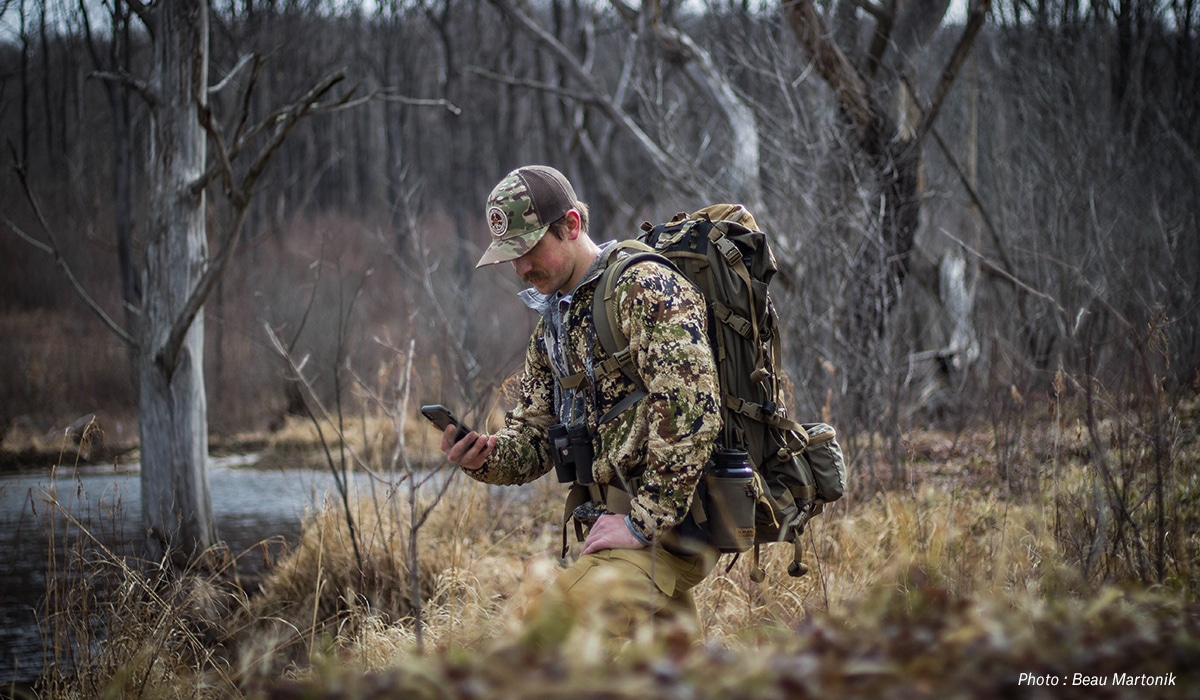After a winter that, for most of us, seemed even longer than usual, it’s time to kick life back into gear and start getting ourselves physically and mentally ready for the upcoming year of hunting. For many hunters, even though we’re enjoying spring turkey and shed hunting seasons, the demanding autumn big game hunts still loom on the horizon—and are taking up space in our brains.
Like many things in life, preparation and planning go a long, long way in helping turn the odds in our favor come big game seasons. We all carry our own philosophies about physical fitness, diet, and preseason training, there are a few themes that are fairly universal: train early, train hard, and recover both well and quickly.
We sat down with fitness-oriented hunters/onX Ambassadors on both coasts to learn about their year-round physical training efforts that enable them to be more effective come hunting season.
Dan Staton runs ElkShape, a training program designed for hunters who want a prescribed program to get in hunting shape. Dan is “40 years young” and lives in Spokane, Washington, with his wife and two kids. He describes himself as “an ordinary elk hunter with a passion for September” and is heading into his 20th elk season this year.
Beau Martonik lives in the Appalachian region of north central Pennsylvania, in a small town where he’s grown up hunting whitetail and turkey on large tracts of heavily timbered land. He travels out West every September to hunt in the mountains.

What does your preseason fitness training program look like?
Dan: My philosophy is to stay in elk shape year-round, versus trying to get in elk shape for the season. The whole in-and-out deal is really hard for folks; it’s hard for them to undulate with their fitness. I try to do something every day that’s going to help me come hunting season.
I think archery elk hunting should be called archery elk hiking—you log a lot of miles. There’s no substitute for rucking (walking with a weighted pack), backpacking, or hiking prior to elk season. I prefer to ruck a couple of times a week, mixing up my load, distance, and terrain. Mix it up and enjoy it; the workout needs to be somewhat tolerable and enjoyable. These workouts are then backfilled with cross training-style workouts in my garage. The older I get, the longer the recovery and the shorter the workout. Mobility work, basically yoga for knuckle draggers, factors into the recovery.
Beau: I try to stay in shape working out year-round, other than during the heart of hunting season. I’ve found that staying consistent and not having to “get back in shape” makes it easier when I need to ramp it up leading up to the season. I do a mix of complex movement strength training and high-intensity interval training in the gym (or my basement) for up to an hour per day, three to five days per week at 4:30 AM before work. Then I add in at least one day of hiking, biking, or running outside. During my workouts, I always try to do something with my legs, back, shoulders, and core.
Is there any specific conditioning/movement training you’ve added to your regimen after finding a need for that strength/fitness when you hunt?
Dan: Pushing, pulling, squatting, and hinging: these are the four chief components you can build upon in your workouts. I’m a huge advocate of stresses that promote bone and muscle/tissue density. This kind of work makes you sturdier in real-world scenarios as you cross deadfall, get back to the truck, etc.
Beau: After a few years of hunting the mountains, I realized that I needed to add more high-intensity exercises into my training, rather than just strength and cardio. When you see a bull heading for a draw and you need to beat him there, you have to be able to move quickly, and—more importantly—recover quickly for the shot. I integrate sprints into my archery practice where I sprint back-and-forth to the target to help with learning how to shoot under stress.

How does your training change as you get closer to fall seasons or a big trip?
Dan: I actually ramp down, because I do spend a lot of time pushing, pulling, squatting, and hinging with loads. Workouts slowly start to taper down leading down to elk season, and are traded with the real-world thing: hunting.
Beau: Closer to hunting season, I ramp up the intensity of my workouts. This isn’t something that happens overnight. If you are consistent and make incremental increases, you will be surprised on how much you will improve. This is also the time when I start hiking more with a weighted sandbag in my pack. I don’t like to go extremely heavy with the sandbag; for me, 40-50 pounds is enough that I get a good workout in, but am not risking injury.
If you could only recommend one exercise/movement or address a certain area for someone seeking to increase their overall fitness level, what would it be?
Dan: If I had to address one key area, it would be the posterior chain: booty, lower back, and hamstrings. This is performance fitness, and I think hunters would all pick performance over aesthetics. If you want to hunt and enjoy it, you need to be able to be an animal in the woods. People are pretty hip to being in elk shape.
Beau: It’s difficult to recommend just one exercise, but as it relates to hunting I would hike hills with a pack on (if you have the time). If you are in a time crunch, utilizing a step-up box to step up and down with a pack on will mimic hiking the mountains. You can increase or decrease the intensity to change your effort level.
Say someone is starting from zero activity on May 1, and wants to be in decent shape for a September archery opener. What kind of training would you suggest for them?
Dan: This hunter needs to identify his areas of strength and weaknesses, then prioritize addressing weaknesses. Put those at the top of the list; don’t avoid ‘em. Work on them.
Beau: I would suggest starting slow, but being consistent. The worst thing you can do is go hard right out of the gate, and either injure yourself or get frustrated. If you start with 15 minutes a day doing some bodyweight movements such as lunges, air squats, pull ups, step ups, burpees, and just walking, you’ll eventually work your way up to weight training and higher intensity workouts. The key is being consistent.

Nutrition: it’s a big factor. Everyone has different philosophies… what’s yours?
Dan: I encourage folks to have a largely plant-based diet, backfilled with lean protein from fresh game. Basically, meat and veggies.
Beau: I personally think nutrition has a big role in your fitness level and overall health. Everyone’s body is different, but for me personally, I operate better on a high protein, high-fat diet, with an ample amount of fruits and vegetables throughout the day. I minimize my sugar, dairy, and carbohydrate intake, because I’ve realized my body doesn’t operate well with these in my system. I’m not perfect by any means, and love to drink beer and eat junk food as much as anyone else, but that’s a very low percentage of my diet. Listen to your body and it will tell you a lot more than you realize.
What’s your favorite fitness-based activity? We all struggle through the parts we don’t like, but is there an aspect/activity that you really enjoy?
Dan: In my former life, it’s shed hunting; wandering around aimlessly looking for a participation trophy. Now, my favorite form of exercise is hunting—doing the activity. For example, spring turkey in the mountains is a lot more fun than sitting in a blind just waiting. That’s obviously the ultimate form of exercise, hunting in the mountains in the West.
Beau: I really like to go for a trail run in the summer months, either early in the morning or late in the evening. Although I don’t consider myself good at running, I just love to be outside and feel great when I am done.

Any recovery tips for people who are pushing hard and need help recovering before the next workout?
Dan: Sleep. Once most folks hit their 30s, they start sacrificing sleep for productivity. It’s almost an oxymoron. Sleep is important; top professional athletes will budget 8-10 hours of sleep to counteract all their training. If we train like athletes training for our Super Bowl—which is September—disciplining ourselves is key. Shutting screens off at night, not sitting in bed scrolling (you’re not gonna miss anything); you’re going to feel better and recover faster. Lack of sleep adds up: it ages you faster, it prevents you from recovering.
Beau: For recovery, I have found doing mobility training including different types of stretches helps with recovery as well as a low-intensity cardio workout. When your legs are really sore, it might not feel good at first, but a short walk seems to help afterward. The other recovery tip that I admittedly don’t do a great job myself at is simply getting enough sleep.